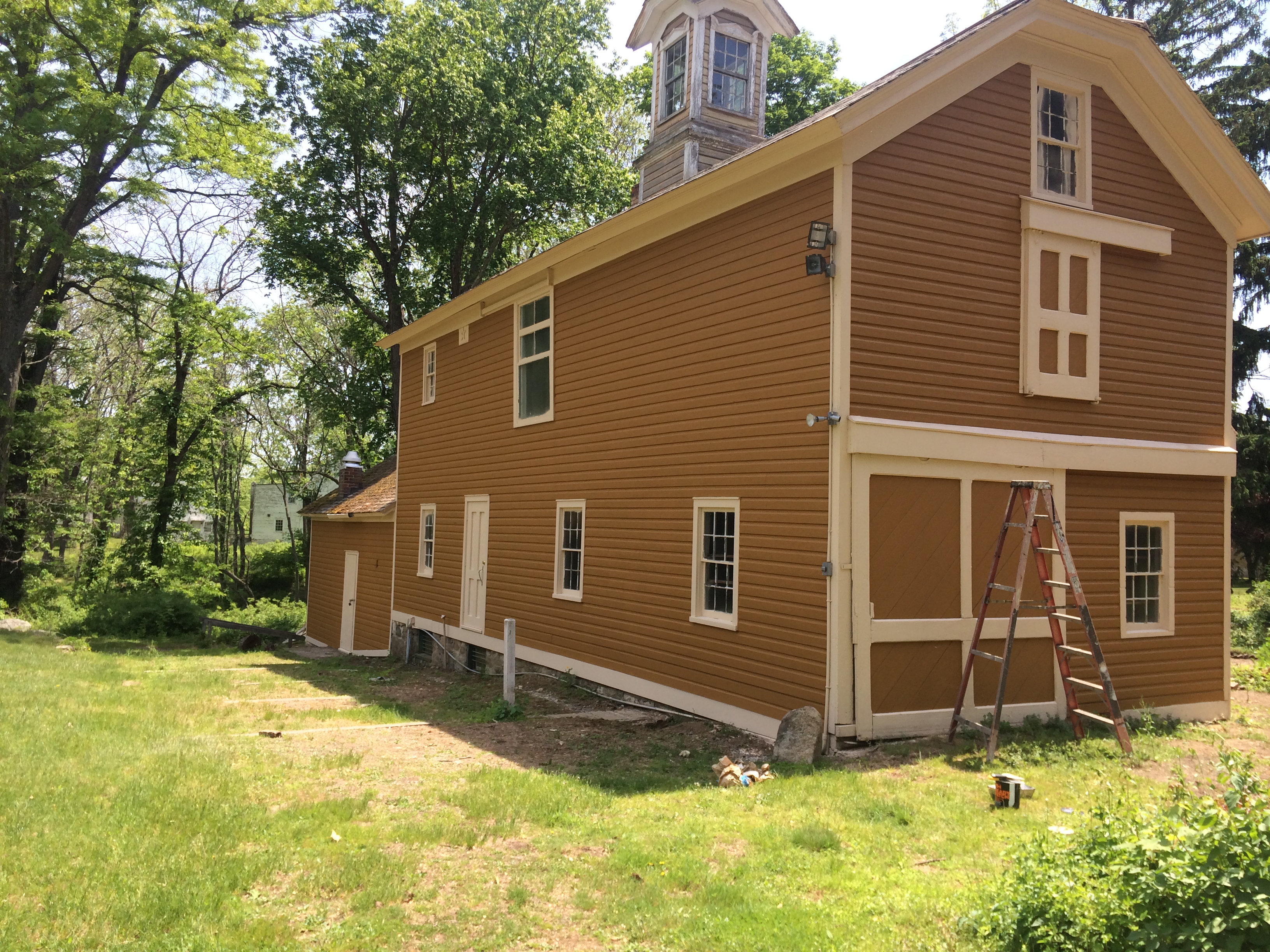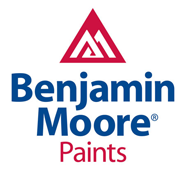Achieving a Flawless, Durable Finish for Your New Jersey Property
A high-quality paint job is more than what you see on the surface. For a finish that truly lasts, protects your investment, and withstands the elements, the secret lies in meticulous preparation. For many metal, concrete, and masonry surfaces, the gold standard of preparation is sandblasting. This powerful technique ensures that your new coating adheres perfectly and performs flawlessly for years to come. It’s the critical first step toward a finish that doesn’t just look good, but endures.
The Power of Preparation: What is Sandblasting?
Sandblasting, also known as abrasive blasting, is a surface preparation process that involves propelling a stream of abrasive material at high velocity against a surface. The goal isn’t just to clean, but to completely strip the surface of all foreign matter and create an ideal profile for new coatings to bond with. This process effectively removes:
- Old, failing paint and coatings
- Rust and corrosion
- Mill scale from new steel
- Grease, oil, and other surface contaminants
- Surface imperfections
By removing these inhibitors, sandblasting creates a clean, etched surface. This “anchor pattern” gives the primer and paint something to grip onto, forming a mechanical and chemical bond that is far stronger than what’s possible on a smooth or improperly cleaned surface. This is the foundation of a high-performance coating system.
Why Combine Sandblasting with Professional Painting?
Pairing sandblasting with a professional painting application is not just a best practice; it’s essential for projects where durability is non-negotiable. Whether for industrial machinery or a residential wrought-iron fence, this combination offers unparalleled benefits that save money and maintenance headaches over time.
Unmatched Adhesion & Longevity
The primary benefit is a dramatically extended coating lifespan. Paint applied over a sandblasted surface resists peeling, chipping, blistering, and flaking. The anchor profile ensures the primer and paint become an integrated part of the surface, rather than just a layer sitting on top. This is crucial for both commercial painting projects exposed to heavy wear and residential painting where curb appeal and protection are paramount.
Superior Corrosion Protection
For any steel or iron surface, rust is the enemy. Sandblasting removes all existing corrosion and creates a perfectly clean substrate. When immediately followed by a high-performance primer and topcoat system (like epoxy or urethane coatings), it forms an impermeable barrier that prevents moisture and oxygen from reaching the metal, effectively stopping rust before it can even begin.
A Smoother, More Uniform Finish
Beyond protection, sandblasting and painting deliver a superior aesthetic. By stripping away old, uneven layers of paint and smoothing out surface flaws, the final application is pristine and uniform. This factory-like finish is impossible to achieve when painting over existing imperfections.
Did You Know? Quick Facts About Abrasive Blasting
It’s Not Always Sand
The term “sandblasting” is often used generically. Modern abrasive blasting uses various media depending on the substrate and desired finish, including steel grit, glass beads, coal slag, and even walnut shells for delicate surfaces.
Profile is Key
The roughness of the surface after blasting is called its “profile.” This is precisely measured to ensure it matches the specifications of the coating being applied for optimal performance and adhesion.
Mobile & Versatile
Modern sandblasting equipment is often mobile, allowing professionals to bring this powerful surface preparation capability directly to job sites, from industrial facilities to residential properties.
Common Applications for Sandblasting and Painting
The versatility of sandblasting makes it suitable for a wide range of projects across different sectors. Here are just a few examples where this powerful duo delivers exceptional results:
- Industrial & Commercial: Structural steel beams, warehouses, storage tanks, heavy machinery, pipes, concrete flooring, and municipal structures.
- Residential: Wrought iron fences and gates, metal railings, swimming pools, brick and stone cleaning, and restoring metal patio furniture.
- Historic Restoration: This technique is invaluable for historic restoration painting, where it is used with care to remove failed coatings and contaminants from historic steel, ironwork, and masonry without damaging the underlying substrate.
The Right Approach for Tinton Falls, New Jersey Properties
Here in New Jersey, properties face unique environmental challenges. From humid summers and harsh winters to the salt-laden air near the coast, exterior surfaces are under constant assault. Standard paint jobs can fail quickly under these conditions. This is why professional surface preparation like sandblasting is not a luxury—it’s a necessity for long-term protection.
Since 1989, Spectra Painting has been the trusted professional painting contractor for Tinton Falls and the surrounding New Jersey communities. We understand the local climate and the specific demands it places on coatings. Our expertise in combining industrial-grade sandblasting with high-performance painting systems ensures that your property, whether it’s a commercial facility or a family home, receives a durable, protective, and beautiful finish that will stand the test of time.
Protect Your Investment with a Lasting Finish
Don’t settle for a paint job that will peel and fail. Start with the right foundation. Contact Spectra Painting today to discuss your sandblasting and painting needs and get a free, no-obligation quote.
Frequently Asked Questions
Is sandblasting safe for my property?
Yes, when performed by experienced professionals. Experts use containment systems to control dust and debris. They also select the appropriate abrasive media and pressure to effectively clean the surface without causing damage to the substrate or surrounding areas.
How long does the sandblasting and painting process take?
The timeline depends on the size and complexity of the project, including the initial condition of the surface and the type of coating system being applied. A professional contractor can provide a detailed project schedule after an initial assessment.
Can you sandblast any type of metal surface?
Sandblasting is highly effective for most ferrous and non-ferrous metals, including steel, iron, and aluminum. However, very thin or delicate metals may require a gentler abrasive media or lower pressure to avoid warping. A professional assessment is key.
What kind of paint is used after sandblasting?
The choice of paint or coating depends entirely on the application. For industrial and commercial projects, high-performance coatings like epoxies and urethanes are common for their chemical and abrasion resistance. For residential applications, durable acrylic or oil-based paints may be used. The coating system is always specified to match the surface and its intended environment.






